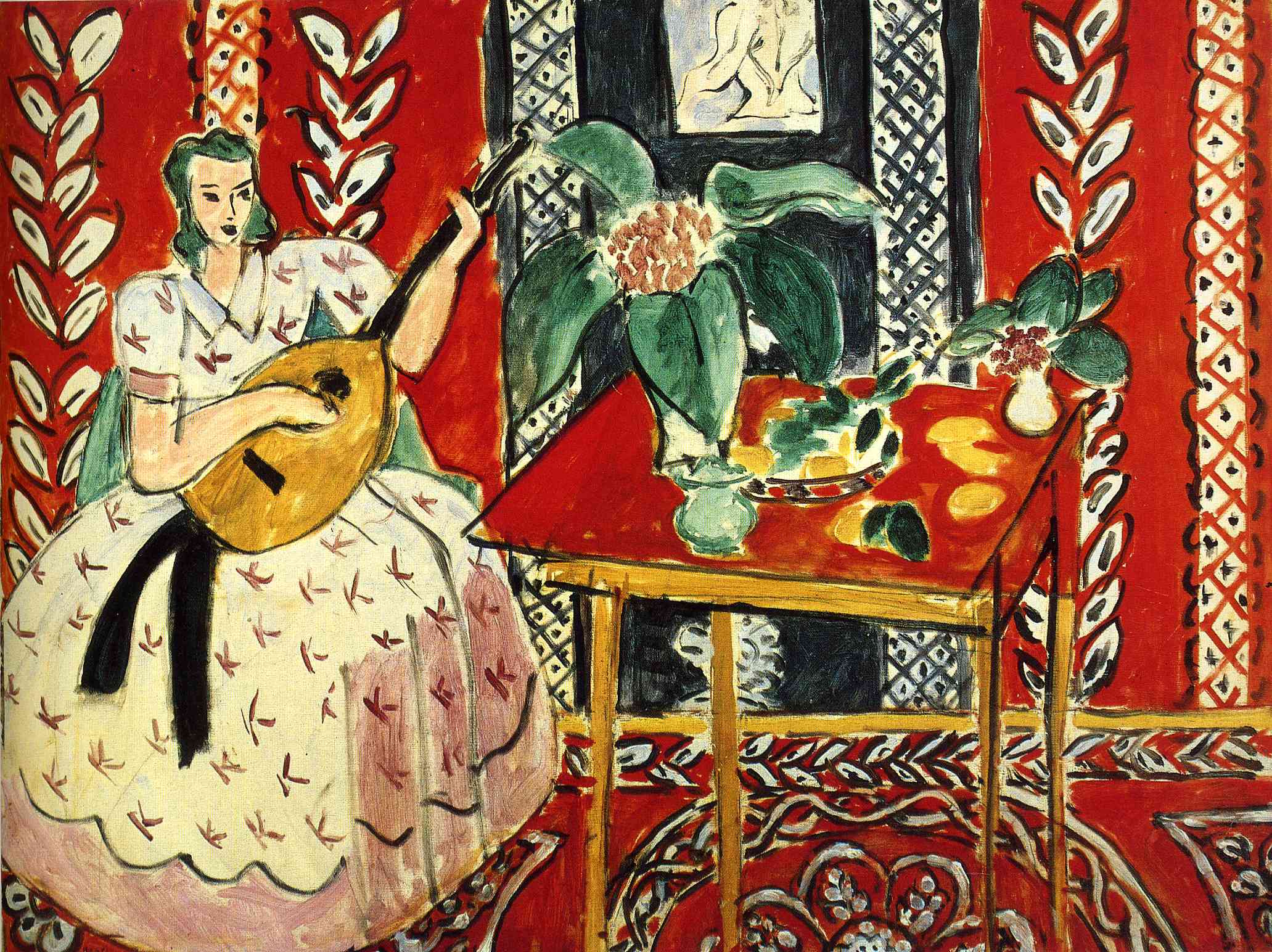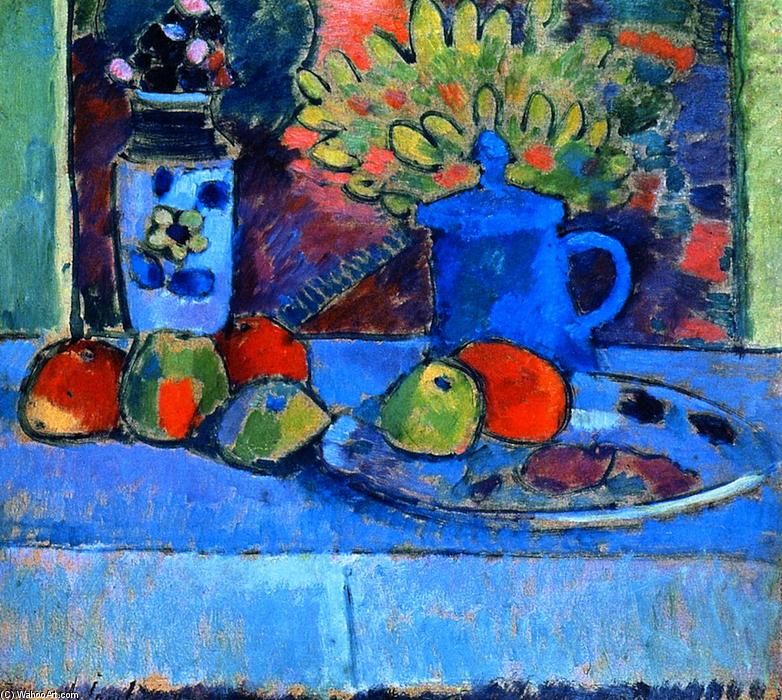
The Morality of Plenty
Splendid Food — Does it Have a Moral Dimension?
by Elatia Harris
In The Embarrassment of Riches: An Interpretation of Dutch Culture in the Golden Age, Simon Schama tells of the sickening tensions produced in 17th-century Amsterdam when far too much in the way of material goods sat badly with an ethic that twinned virtue and thrift. The Dutch were suddenly able to have anything they could name, from anywhere in the known world. Immediately, they began ascribing sinfulness to certain new foodstuffs, candied fruit being high on their long list of gruesome luxuries.
Dutch painting of the 17th century illuminates a question familiar to us now: Has splendor beyond dreaming no moral dimension? Paintings such as this — Still Life, by Adriaen van Utrecht, painted in 1644 and now in the Rijksmuseum — both celebrate and condemn the expanding sensual world, full of the transient beauty that distracts without sustaining, but that so delights us. We too know that struggle, that makes it hard to think of the rarest and most wondrous foods without ambivalence.
For a writer, is it a matter of tone? Or one of content?
Elatia Harris is a writer and consulting editor in Cambridge, Mass. She is most often at work on books and articles about food, wine and travel. Contact her at elatiaharrisATgmailDOTcom or via text at 617-599-7159.
|
|

































